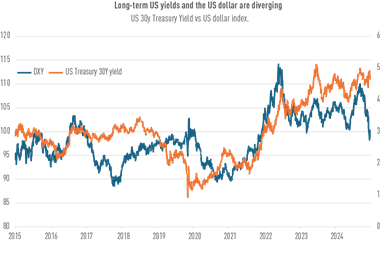October 2008 - Index provider FTSE is teaming up with APREA, the Singapore-based industry body that represents listed real estate businesses, to develop new indices for the Asia Pacific real estate sector.
Donald Keith, Deputy CEO of FTSE Group says its acknowledged index design and calculation skills combined with APREA’s expertise and influence in the sector regionally is a powerful combination. “With many Asian countries introducing or set to introduce REIT regimes, FTSE and APREA are uniquely positioned to anticipate and deliver new real estate indices, while ensuring existing indices remain relevant to investor needs.
FTSE has already worked with the European Public Real Estate Association (EPRA) and the National Association of Real Estate Investment Trusts (NAREIT) on similar partnerships.
To coincide with this initiative. FTSE and APREA have recently produced a report on Asian real estate in association with KPMG. The report highlights the increasing focus of international capital and the potential for listed real estate as the region’s markets develop.
Asia as a whole has continued to perform well compared to the US and European real estate markets. The region has not been immune to the fall-out, but it has been impacted to a much lesser degree. The report states, “Asian real estate may finally be getting the respect many say it deserves.”
Capital flows in Asia have traditionally come from bank debt leveraging developments, while real estate funds awash with cash have been buying up in the region. With credit problems impacting mature markets, investors view the fundamentals in Asia favourably. While real estate investment was already growing steadily due to a combination of opportunistic and increasingly long term investments, the credit crisis appears to be accelerating the process.
Investors in Asian real estate enjoyed returns in the region of 20% last year. Total investment in the region grew by 27% in 2007 to reach $121 billion. Japan remains a dominant force, not only accounting for half of last year’s real estate transactions, but also experiencing the strongest growth. It continues to be an attractive market, particularly for the lower-risk investor. China meanwhile, is viewed as a popular destination because of the large volumes of capital chasing more limited investible stock.
One reason Asia has been sheltered from the worst of the sub-prime fall-out is that securitisation has not really taken off yet across the region, with the notable exception of Japan and Australia. Commercial mortgage-backed securities (CMBS) have not grown rapidly elsewhere in the region because of the availability of finance from private equity and REITs.
The slump experienced by Asian REITs in 2008 is described as ‘a speed bump’. The most optimistic estimate is for Asia’s REITs market to be valued at $100 billion by 2010. This will be driven by a need to move real estate off balance sheet, the increasing influence of India and China on regional economies and the current low level of securitised real estate in the region.
Speculation as to when China and India will have REITs legislation is just that. Neither country wants to add fuel to the raging fire at this stage. Within the next five years seems a reasonable time-frame.
To a lesser extent, increasing attention on Shariah-compliant financing and the fledgling real estate derivatives market illustrate that debt-driven financing will not be the primary source of capital in future.














No comments yet